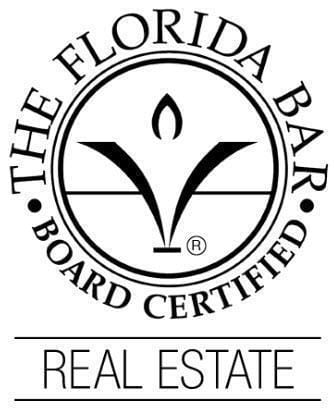Whether you want to open a restaurant, retail outlet or office, there are a variety of benefits that come with selecting a space in a multi-use building or property. After all, these places typically have common spaces that make them more appealing to employees, customers and clients. These may include elevators, lobbies, courtyards and restrooms, among other spaces.
While commercial landlords usually permit tenants to access common areas, you can expect to pay for this access. Therefore, when negotiating your commercial lease, it is crucial to identify the property’s load factor.
What does a property’s load factor mean?
A commercial property’s load factor is a multiplier to each tenant’s useable space that covers the cost of the communal spaces. For tenants, usable space is the square footage they lease for their exclusive use, such as offices or retail space. Other tenants cannot utilize this usable space.
How do you calculate the load factor?
To calculate the load factor, you must first add together all the usable space available for rent. This sum accounts for the square footage all the tenants use. Next, you must know the total square footage of the property, which is the leasable space plus the common areas. Dividing the total square footage by the usable square footage gives you the property’s load factor.
Why should commercial tenants care?
Either asking the commercial landlord for the load factor or calculating it yourself helps you know exactly how much you must pay for rent. Remember, many commercial property owners only list rent for usable space in their advertisements, but you may have to pay significantly more.
According to reporting from CNBC, there are many commercial properties currently available for lease across the U.S. Ultimately, to ensure you budget enough money for rent, you should determine the load factor for all commercial spaces you are considering.




